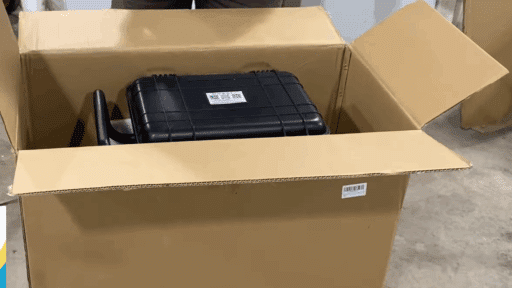For appliance repair businesses, reputation is built at the customer’s doorstep. When a technician arrives and successfully resolves the issue on the first visit, the customer experience is seamless and memorable. But when multiple return visits are required because the right part wasn’t brought along or the appliance model details were unclear, trust and efficiency suffer quickly. This is one of the key reasons many service teams today are turning to tools like Workiz appliance repair business software to streamline preparation and reduce repeat visits.
The first-time fix rate, the percentage of jobs completed during the initial appointment, has become one of the most important performance indicators for appliance repair companies. It affects everything from daily scheduling capacity to customer satisfaction to long-term profitability. Improving this rate is not only about technician skill but also about how well a business organizes information and prepares staff before they ever leave the shop.
Why First-Time Fix Rates Matter So Much
A high first-time fix rate means fewer wasted trips, less fuel expense, less technician fatigue, and more openings in the schedule for new paying jobs. It also results in better reviews, referrals, and repeat business, because customers value service professionals who can solve their problems quickly and confidently.
When first-time fix rates are low, the opposite happens. Schedules become congested with follow-up appointments, travel costs cut into margins, and customers may feel disappointed or inconvenienced. Often, these repeat visits aren’t due to lack of skill, but due to preventable operational breakdowns, missing information, unclear job descriptions, unavailable parts, or mismatched technician assignments.
The Most Common Causes of Repeat Visits
A technician may arrive at a home only to discover that the customer reported the appliance’s symptoms poorly, didn’t know the model number, or forgot to mention that another technician had previously attempted a repair. Without full context, even experienced professionals may be stepping into a guesswork situation.
Another frequent cause is missing or incorrect parts. If the business doesn’t track inventory or anticipate common parts for specific appliance problems, technicians are forced to return later once the right item has been ordered. There are also situations where a job is assigned to a technician who is highly capable but not experienced with a specific brand or system, leading to longer troubleshooting times or escalation to another technician, and another appointment.
These are not technical problems, they are organizational problems. Which means they are solvable.
How Appliance Repair Business Software Helps Increase First-Time Fix Rates

Image from Freepik
Software designed for appliance repair workflows addresses these breakdowns at the source. When every job intake includes structured fields, technicians receive complete and standardized information before heading out. Instead of vague descriptions like “dishwasher not working,” the system prompts for appliance brand, model, symptoms, photos, and service history. By the time the technician arrives, they know exactly what they are walking into.
Dispatching also becomes more strategic. Rather than assigning jobs based on who happens to be closest, dispatchers can match technicians to the jobs they’re most qualified to handle. This reduces trial-and-error problem solving and speeds up repairs significantly.
Parts preparation improves as well. Software can track commonly used parts, display current inventory levels, and even recommend parts based on similar recent service calls. This ensures that technicians travel prepared rather than reactive.
Finally, real-time communication tools allow technicians to message customers, upload notes and photos, provide quotes on-site, and update job status instantly, preventing confusion that often leads to rescheduling or misalignment.
Data Supporting This Approach
According to a report from Harvard Business Review, service companies that digitize their field operations typically see improvements in efficiency, customer satisfaction, and repeat business, largely due to reductions in follow-up appointments and better pre-service preparation.
The research reinforces that reliable first-time fix performance is not a matter of luck. It is a result of intentional workflow design.
A Practical Path to Better Customer Outcomes
Raising first-time fix rates begins with improving the quality of information that enters the business. When teams document appliance details consistently, record service insights, match technicians with the right specialties, and track parts usage with intention, the repair process becomes smoother for everyone involved. Technicians feel prepared, customers feel confident, and businesses grow stronger and more efficient over time.
This focus on efficiency mirrors a wider shift happening in households as well. Just as homeowners look for smarter ways to reduce waste and optimize energy usage, such as the approaches discussed in this guide to cutting down on home energy consumption, appliance repair businesses benefit from removing friction and eliminating unnecessary steps in their workflow.
The real driver behind this progress is not just technology; it is structure. Software provides the structure; your team brings it to life.
Appliance repair business software gives repair teams the foundation they need to approach every job prepared, informed, and equipped. By improving the way information is captured, shared, and used, businesses naturally raise their first-time fix rates and strengthen their customer relationships. And in an industry where trust and reliability define success, those improvements matter.








